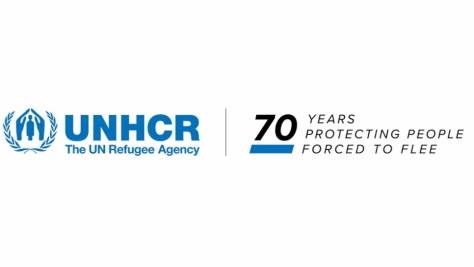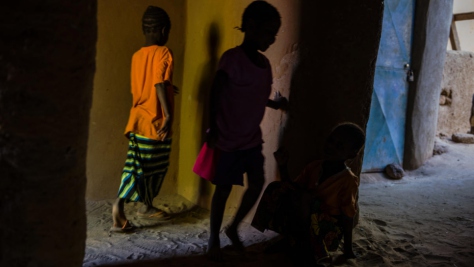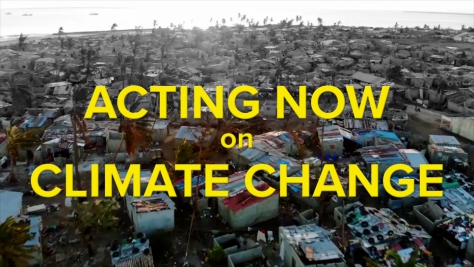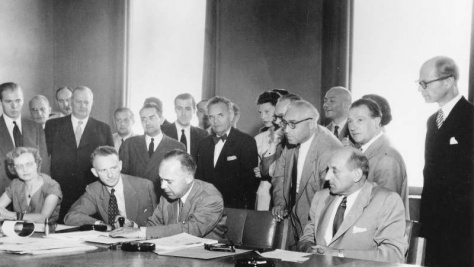Ethiopia: Somali refugees to be relocated away from border
This is a summary of what was said by UNHCR spokesperson Jennifer Pagonis – to whom quoted text may be attributed – at today's press briefing at the Palais des Nations in Geneva.
In Ethiopia today (Friday), UNHCR teams are expected to start relocating a group of 500 newly-recognized Somali refugees who fled from renewed conflict in strife-torn south and central Somalia over the last year. They have been staying around the Kebribeyah area, near the Somali border in eastern Ethiopia and are being relocated to a re-opened UNHCR camp at Teferi Ber.
The refugees are part of a group of 4,000 Somali refugees who have recently been granted refugee status by UNHCR and the government's Authority for Refugees and Returnees Affairs (ARRA). An estimated 7,000 additional Somalis who also claim to have fled fighting and insecurity in Somalia, are waiting to be screened at other sites in eastern Ethiopia.
The new camp site at Teferi Ber, some 120 km north of Kebribeyah, was formerly a UNHCR camp which in the 1990s hosted some 49,000 mainly Somalis refugees who had fled fighting in their country. The camp was officially closed in 2001 after all the refugees returned, mainly to the self -declared republic of Somaliland.
After arriving at Teferi Ber, the refugees will spend three days in a reception centre where they will be allocated plots of land to construct homes and given building materials. They will also be given food as well as tarpaulins, blankets, sleeping mats, kitchen sets, jerry cans, kerosene stoves, and soap. The ARRA has established a temporary health centre until permanent structures can be built.
The Somali Region of Ethiopia already hosts more than 16,500 refugees. With the new arrivals, the total is 20,300. At the peak of the Somali refugee crisis in the early 90s, the region hosted 628,000 refugees in eight camps. The overwhelming majority went home between 1997 and 2005, and all of the camps were closed except a camp at Kebribeyah.
Related news and stories
Thousands of newly arrived Somali refugees in Ethiopia relocated to new settlement
Samira's Story
Drought brings life-threatening food shortages for refugees in Ethiopia
100,000 new Somali refugees arrive in Ethiopia in the past month, UN and partners are calling for urgent funding
UNHCR teams and partners rush assistance to some 100,000 newly arrived Somali refugees in hard-to-reach area of Ethiopia
As the Horn of Africa drought enters a sixth failed rainy season, UNHCR calls for urgent assistance
-

Resettlement Fact Sheet 2020
Dec 2020 This factsheet provides a statistical snapshot of UNHCR's resettlement activities up to the end of December 2020. All figures are provisional and subject to change. -

Who We Are: 70 Years of the UN Refugee Agency
1 Dec 2020 -

Child-trafficking in Mali increasing because of conflict and COVID-19
1 Dec 2020 Armed groups in Mali trafficking children for labour in gold mines, using profits to enrich combatants, fuel the arms trade and finance the violence. -

Acting Now on Climate Change: HC Dialogue film
1 Dec 2020 -

The 1951 Refugee Convention
The 1951 Refugee Convention and its 1967 Protocol are the key legal documents that form the basis of our (UNHCR's) work. UNHCR serves as the 'guardian' of the 1951 Convention and its 1967 Protocol. -

Evaluation of the UNHCR Regional Refugee Response to the Venezuela Situation
Dec 2020 This centralized evaluation of the United Nations High Commissioner for Refugees (UNHCR) looks at the regional response to the Venezuela Situation (VenSit) follows the declaration of the L2 emergency, effective 2018, and covers the first two years of the response Attachments: Executive Summary, Management Response and Annexes (.zip) -

Humanitarian access urgently needed to reach civilians, Eritrean refugees in Tigray
1 Dec 2020 -

Who We Are: 70 Years of the UN Refugee Agency
1 Dec 2020 -

Policy on a Victim-Centred Approach in UNHCR's response to Sexual Misconduct
Dec 2020 This policy (i) clarifies what is meant in UNHCR when referring to a victim-centred approach, (ii) confirms the organization's commitment to apply a victim-centred approach in all (suspected) instances of sexual misconduct (sexual exploitation and abuse and sexual harassment and (iii) spells out which entities are involved in and responsible for operationalizing a victim-centred approach in their work on sexual misconduct.
